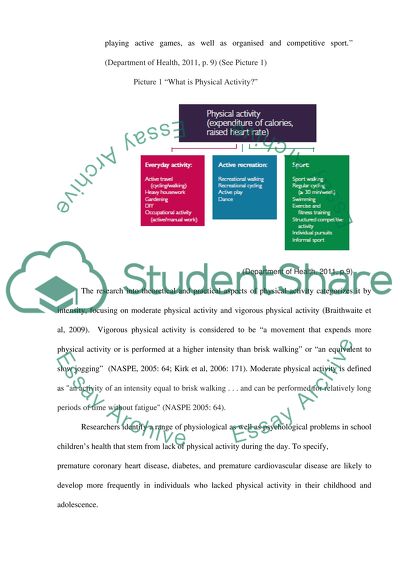Do British Secondary School Children Meet Current Physical Activity Literature review. Retrieved from https://studentshare.org/health-sciences-medicine/1441468-are-british-secondary-school-children-aged
Do British Secondary School Children Meet Current Physical Activity Literature Review. https://studentshare.org/health-sciences-medicine/1441468-are-british-secondary-school-children-aged.


